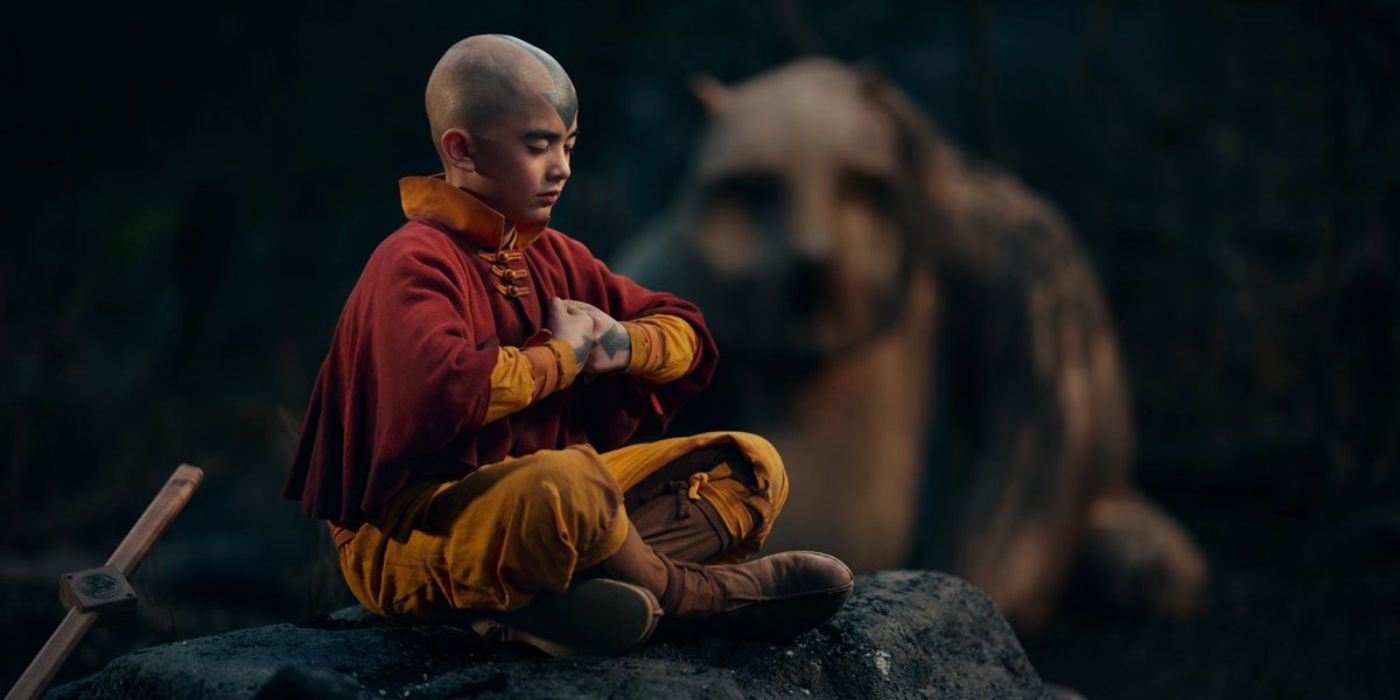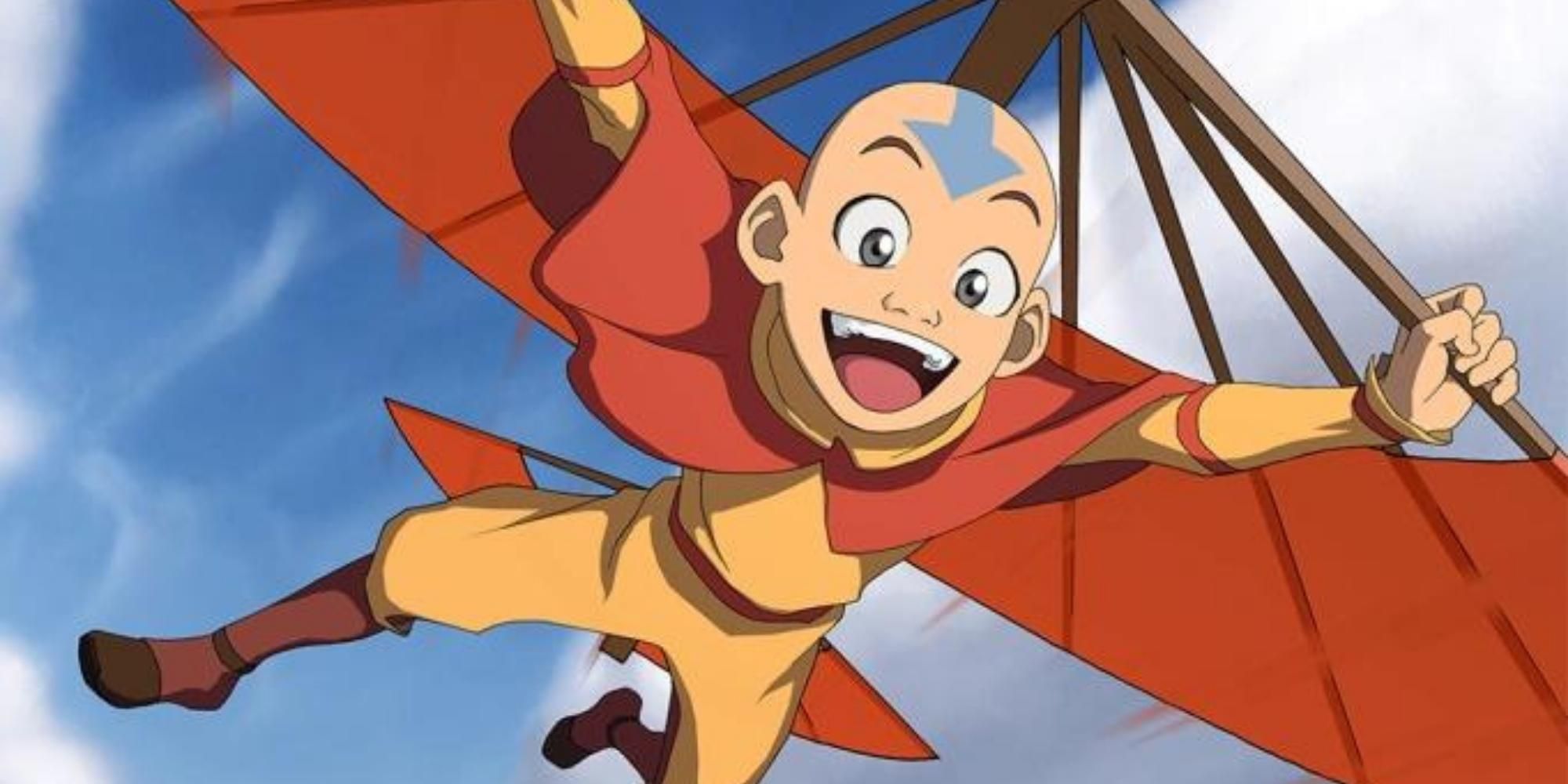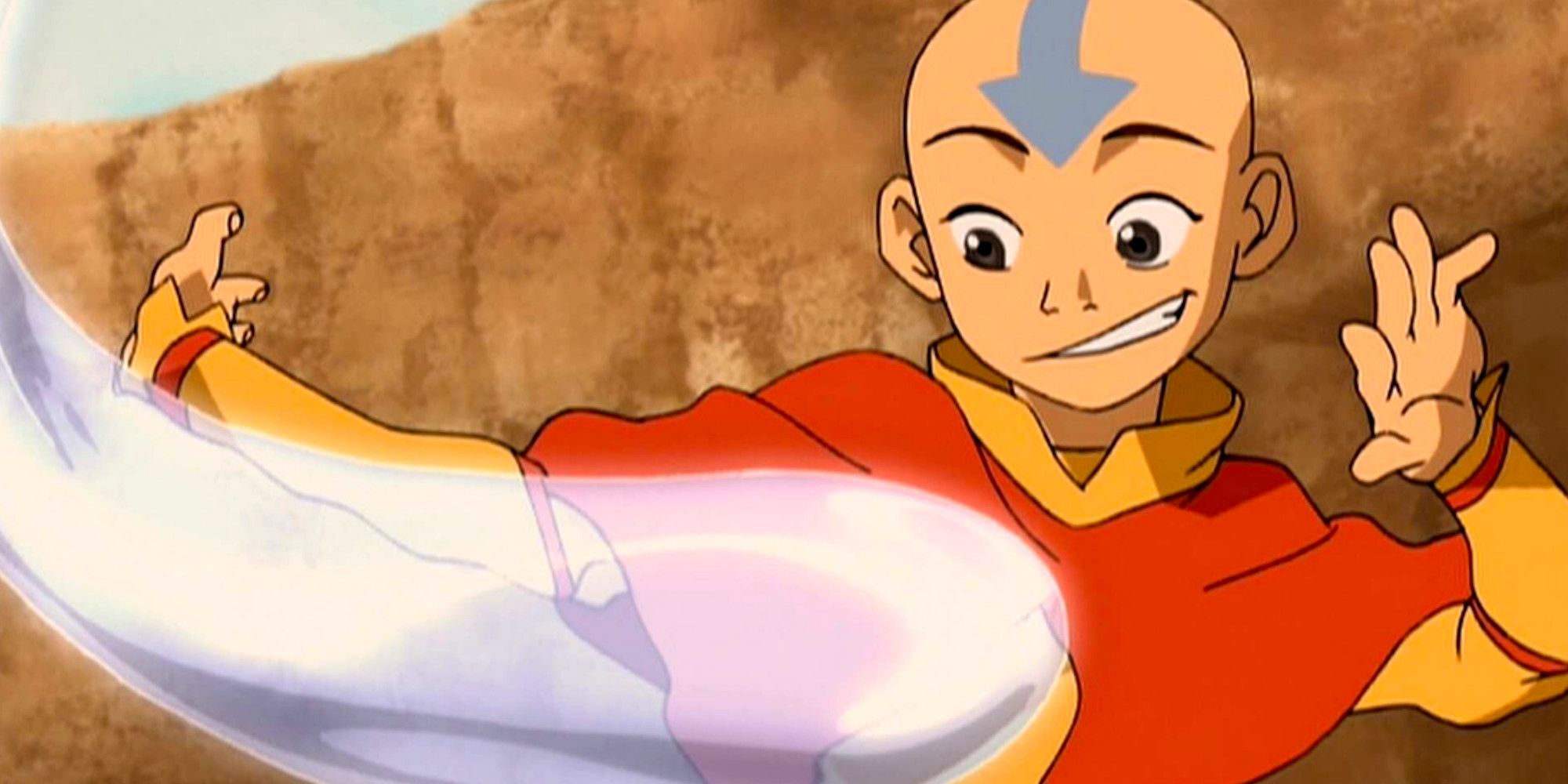Quick Links
Highlights
- Netflix's Avatar: The Last Airbender adaptation is cutting out filler episodes and side adventures to streamline the story.
- The removal of these detours may lead to a loss of world-building and character development.
- The condensed format of the series may result in flat characters and a lack of depth in storytelling.
As the release date for Netflix's adaptation of Avatar: The Last Airbender creeps nearer and nearer, the cast and crew have been giving more interviews and releasing information about the much-anticipated show. While fans of the original animated series are excited to see the characters and world they loved on screen in a live-action format, some fans are becoming a little wary of the direction that the show is taking with this new adaptation.
Because the adaptation is in a different format and has fewer episodes than the original, there are obviously going to be some differences in the ways the story is told and what plot points are kept in. However, fans are becoming concerned with the ways in which it seems like Netflix's Avatar: The Last Airbender is changing some of the characters, particularly Aang. The adaptation has to tell a more condensed story, and because of that, it appears that they may be cutting one of Aang's main character traits in the process.
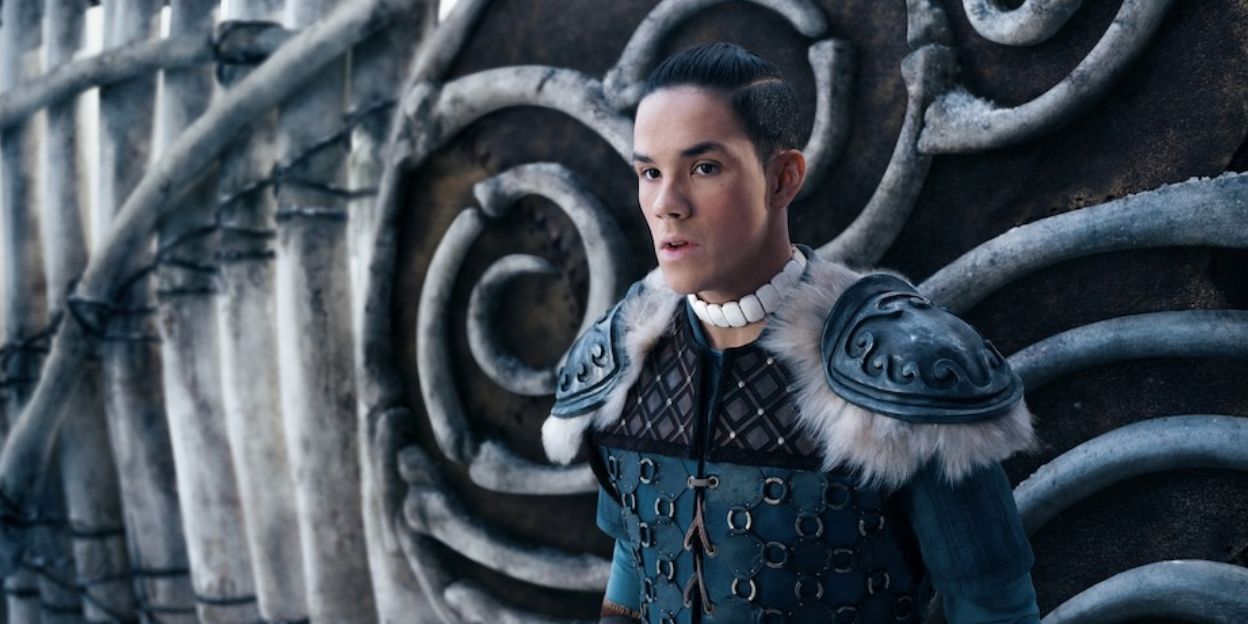
Netflix's Avatar: The Last Airbender Is Changing Sokka In a Major Way & It's A Bad Idea
The adaptation aims to correct one of Sokka's big flaws, but it ruins his character in the process.
How Is Netflix's Avatar: The Last Airbender Changing Aang?
In a recent interview with IGN, showrunner and executive producer of Netflix's Avatar: The Last Airbender Albert Kim revealed that the show has had to make some cuts to the trajectory of the original story in order to fit the eight-episode constraint they were given. In particular, he cites that this change will manifest in streamlining the story by making "Aang's narrative drive a little clearer". This seems to means that Aang will solve problems head-on without getting distracted by side adventures like he did in the original animated series. Kim explains:
That gives him much more narrative compulsion going forward, as opposed to, 'Let's make a detour and go ride the elephant koi,' that type of thing. So that's something, again, that's part of the process of going from a Nickelodeon cartoon to a Netflix serialized drama.
Essentially, Kim is saying that the "filler episodes", or the episodes that featured Aang and the rest of the Avatar gang going on detours from the main mission, will be cut, in favor of a more straightforward story where Aang accepts his mission and goes from Point A to Point B without too much distraction.
How Will This Change Affect the Story?
While it makes sense that certain storylines from the original show needed to be cut for time, these "detours" are actually pretty important to the story and to Aang's character. They might seem like they're distracting from the main plot, but these side adventures help with world-building, as they let the main characters experience different parts of this fictional world, and in turn, the audience learns more about it in a way that's natural and doesn't feel like boring exposition.
It's also pretty integral to Aang's character that he's a bit of a reluctant hero. He's only 12 years old, and feels this great responsibility on his shoulders that he often tries to avoid by going off on other quests that aren't strictly related to the main goal he's supposed to be accomplishing. Having Aang go off and do side quests is helping to build his character arc in a "show, don't tell" way, as there's an implication that he's doing all of this on purpose to avoid having to do the really big, difficult thing he's been tasked with in reaching his full potential as the Avatar.
The Problem With Eight-Episode TV Shows
Having episodes with detours was something that could easily be done in a TV series with multiple seasons of around 20 episodes each, as there was plenty of time to fill. A traditional-length season allows the characters to breathe and grow, and it also allows for more world-building moments, which is why the universe of Avatar: The Last Airbender feels so rich and realized. They had a lot more time and space to tell the story within, which is why those detours worked so well for the story. They provided fun moments for the characters while also building the plot in small ways.
The problem with TV shows on streaming services now is that they're usually limited to eight episodes and have to condense a lot of storytelling into that very short episode count. This is especially a problem for the ATLA adaptation, as it is attempting to squeeze the events of an entire 20-episode season into eight episodes. This means they have to cut a lot, which leads to the elements that seem unnecessary, like detours or quiet character moments, being written out in favor of the big, important story beats.
It's just worrying that the team behind the ATLA adaptation seems to be fundamentally misunderstanding what made the original series work in the first place. It wasn't because the plot went by at a breakneck pace, but because it had an intricate world and well-thought-out characters that had flaws and fully realized personalities. Because the timeline is so condensed, they have to cut out a lot of the character-building moments, which just leads to the characters feeling flat. It begs the question: what's the point of adapting a beloved piece of media if it's just going to be gutted and made worse? If Aang is going to be solely focused on his mission and not get distracted in the ways that a 12-year-old really would, is he even the same character?
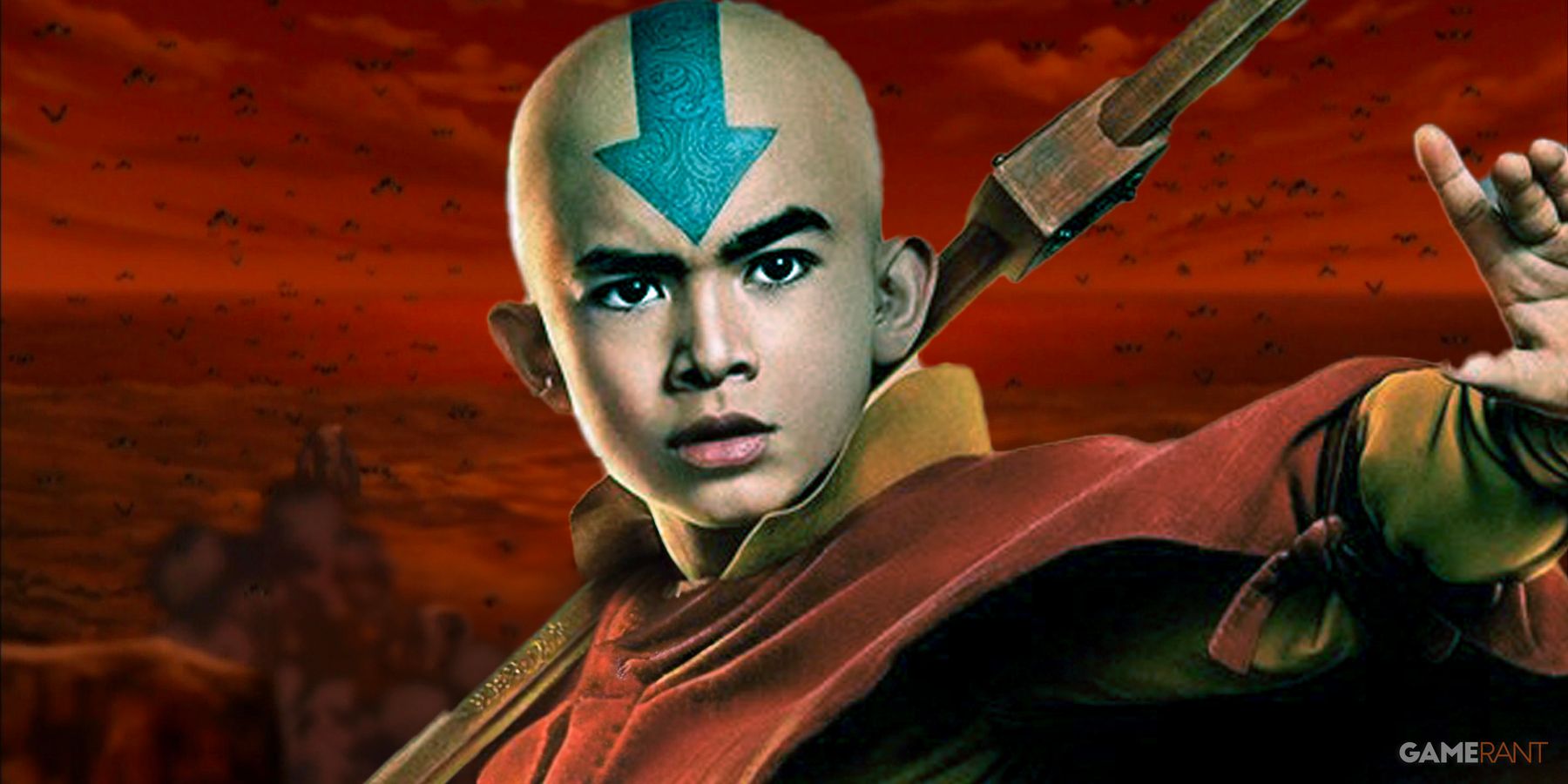
Netflix's Avatar: The Last Airbender Had To Remove One Big Thing From The Animated Show
Netflix's Avatar: The Last Airbender live-action adaptation is making some changes to the acclaimed animated series out of necessity.



